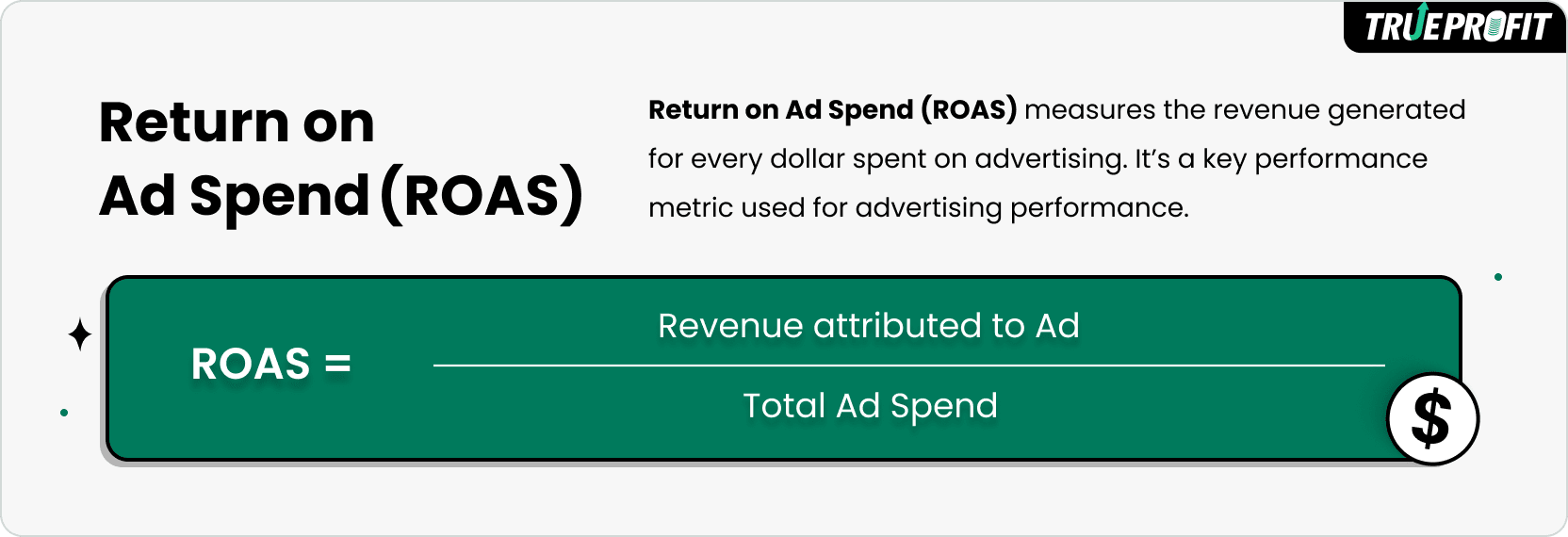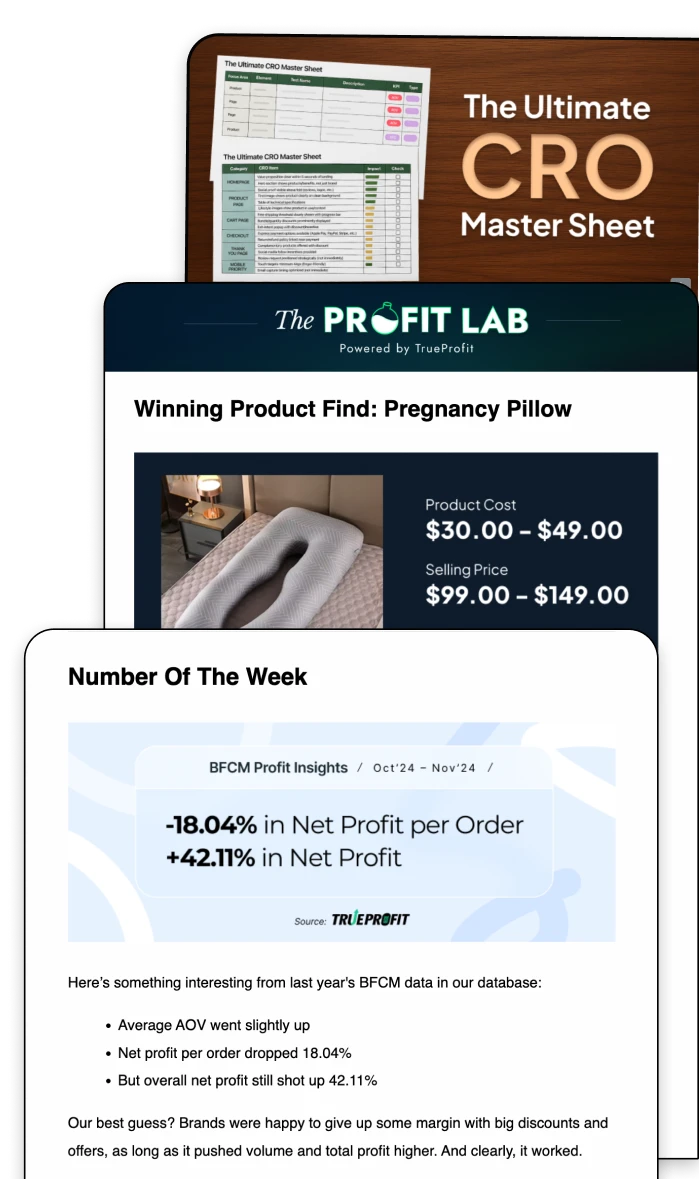What is Return on Ad Spend (ROAS Meaning)? + Benchmark

ROAS meaning, or return on ad spend measures the revenue generated for every dollar spent on advertising. It’s a key performance metric used to measure ad effectiveness in digital marketing.
The formula for ROAS is:
It reflects the profitability of your ad spend, whether you're evaluating an entire marketing strategy or zooming in on a specific campaign, creative ad set, or ad channel.
In this guide, we’ll break down what's ROAS meaning, how to calculate it, how it compares to other essential metrics, and what benchmarks to aim for.
What is ROAS Meaning?
ROAS meaning, return on ad spend measures the revenue generated for every dollar spent on advertising. Rooted in the principles of Return on Investment (ROI), ROAS is a key performance metric used for advertising performance.
It reflects the profitability of your ad spend, whether you're evaluating an entire marketing strategy or zooming in on a specific campaign, creative ad set, or ad channel.


What is the ROAS Formula?
The formula for ROAS is straightforward:
In simple terms, you can understand:
- Revenue from ads is the total revenue earned from the ad campaign.
- Total ad spend is the total advertising spend you paid to run your ads.
How to Calculate ROAS?
Step 1: Identify Your Ad Spend
Figure out how much money you spent on your ad campaign. This could include spending on platforms like Facebook, Google, TikTok, or any paid media channel.
Step 2: Find the Revenue Generated from That Campaign
Look at the total revenue your ad campaign brought in. This is only the revenue that came from customers who clicked or viewed the ad.
Step 3: Apply the ROAS Formula
Now plug your numbers into the ROAS formula:
Return on Ad Spend = Revenue attributed to Ad/ Total Ad Spend
Be sure to use matching time frames for spend and revenue. Misaligned data can make your ROAS misleading.
What is an Example of ROAS?
Let’s say your Facebook ad spend was $500, and it brought in $1,250 in revenue.
ROAS = $1,250 ÷ $500 = 2.5
A ROAS of 2.5 means you're earning $2.50 in revenue for every $1 spent on ads.
What is a Good ROAS?
In general, a ROAS of 3:1 (or 300%) is often considered a strong benchmark—meaning you earn $3 in revenue for every $1 spent on ads. That leaves enough room to cover ad spend, COGS, operating expenses yet your advertising is still profitable.
As noted by Harry Chu, founder of TrueProfit: A higher ROAS is better in most cases, yet:
How ROAS is Used in Marketing?
ROAS is one of the essential ecommerce metrics marketers use to measure the effectiveness of their advertising campaigns.
Tracking ROAS helps:
- Evaluate ad performance of each ad, ad set, or campaign
- Compare performance across platforms in a time period.
- Scale ad strategically by doubling down on high-performing ads
- Control ad budget by cutting ads that don’t deliver
ROAS vs. ROI: What’s The Difference?
Return on investment (ROI) is the return as a percentage generated from investment you put in. It’s a key financial metric that tells you how profitable your investments are.
Though ROI and ROAS are both key for evaluating your marketing effort, they’re not the same.
ROAS only compares revenue to ad spend. ROI, on the other hand, includes all costs involved — COGS, operating expenses, shipping fees and more.
So while ROAS measures the efficiency of the advertising spend, ROI gives a more complete view of your business profit and profitability.
ROAS vs. NPOAS: What’s the Difference?
NPOAS (Net profit on ad spend) is a profit-focused metric that shows the net profit you earn for every dollar spent on advertising. It reflects the true profitability of your ad campaigns after all costs are considered.
Meanwhile, ROAS (Return on ad spend) is a revenue-focused metric because it ignores costs like product COGS, shipping, discounts, and platform fees. A “good” ROAS with low profit margin might still mean your ad isn’t profitable.
In the end, tracking ROAS should be the starting point, not the finish line. Pair it with profit-focused metrics like NPOAS (Net Profit on Ad Spend), and you’ll make smarter decisions—whether you're scaling, cutting, or optimizing.
And that’s the whole thinking behind TrueProfit—a Shopify net profit analytics platform designed to take the guesswork out of measuring ad performance.
TrueProfit’s marketing attribution feature lets you evaluate the profitability of each ad by calculating net profit after deducting all costs—giving you a clear, real-time picture of your marketing effectiveness per every penny you spent.
So if you’ve ever wondered, “Is this ad actually profitable?” or “Should I scale this campaign?” TrueProfit gives you the confidence to make smart, data-backed decisions every step of the way.


Lila Le is the Marketing Manager at TrueProfit, with a deep understanding of the Shopify ecosystem and a proven track record in dropshipping. She combines hands-on selling experience with marketing expertise to help Shopify merchants scale smarter—through clear positioning, profit-first strategies, and high-converting campaigns.



 Shopify profits
Shopify profits